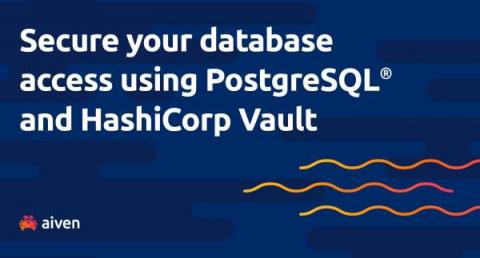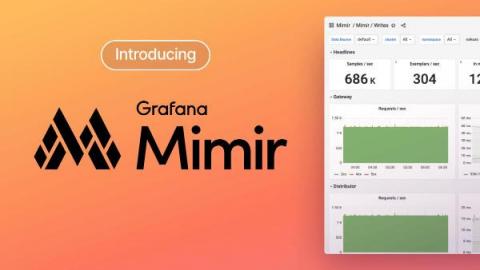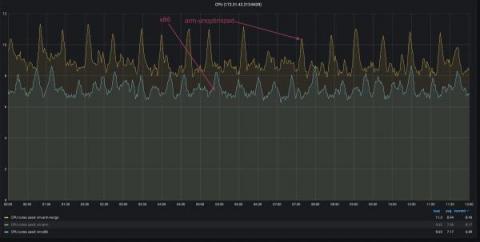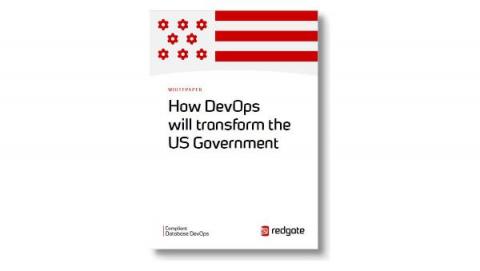Operations | Monitoring | ITSM | DevOps | Cloud
Latest News
Trigger arbitrary code from PostgreSQL
In this blog post we show how it is possible to run an arbitrary program, script, or execute arbitrary code in reaction to changes and generally events in a PostgreSQL database.
6 Common DynamoDB Issues
DynamoDB, the primary NoSQL database service offered by AWS, is a versatile tool. It’s fast, scales without much effort, and best of all, it’s billed on-demand! These things make DynamoDB the first choice when a datastore is needed for a new project. But as with all technology, it’s not all roses. You can feel a little lost if you’re coming from years of working with relational databases. You’re SQL and normalization know-how doesn’t bring you much gain.
Announcing Grafana Mimir, the most scalable open source TSDB in the world
Today we’re introducing you to Grafana Mimir, the most scalable, most performant open source time series database in the world. Mimir allows you to scale to 1 billion metrics and beyond, with simplified deployment, high availability, multi-tenancy, durable storage, and blazing fast query performance that is up to 40x faster than Cortex. There’s supposed to be a video here, but for some reason there isn’t. Either we entered the id wrong (oops!), or Vimeo is down.
Why DevOps is all about creating one team
T-SQL UNION Operator: A How-To Guide
Schedule database backups for MongoDB in a Node.js application
Database backup protects your data by creating a copy of your database locally, or remotely on a backup server. This operation is often performed manually by database administrators. Like every other human-dependent activity, it is susceptible to errors and requires lots of time. Regularly scheduled backups go a long way to safeguarding your customers’ details in the case of operating system failure or security breach.
What does Pinal Dave think of SQL Monitor?
Running VictoriaMetrics on ARM-based processors
ARM processors become more popular and more cost-effective according to many benchmarks. One of them was made by Percona for MySQL. Some of our users reported issues with VictoriaMetrics at AWS Graviton instances. The main concerns were higher CPU and disk IO usage compared to x86 instances of the same size and for the same workload. By that time, we verified that VictoriaMetrics works fine for raspberry and IoT devices, but didn’t do any optimizations for ARM builds.











